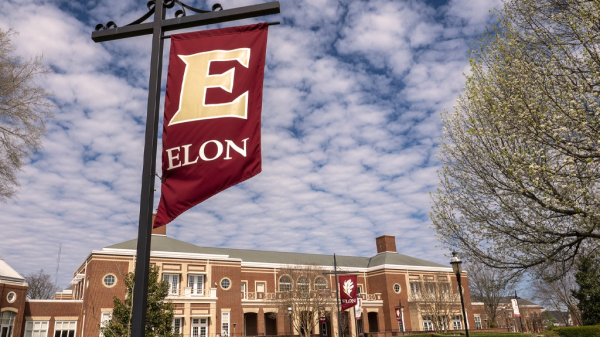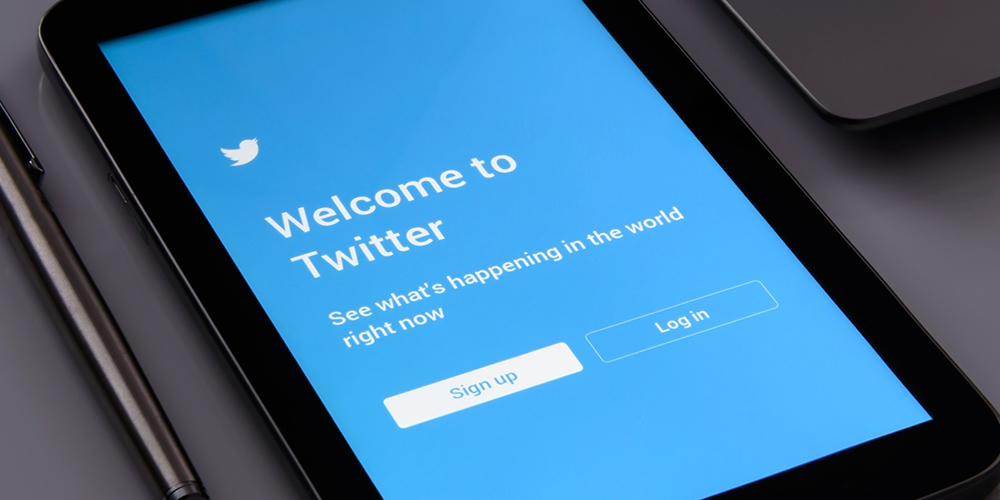Clickbait and beyond
Since the election, people are increasingly seeking answers in their surroundings. There are more questions of “how?” and “why?” than ever before, and nothing is free from scrutiny. The prevalence of fake news sites and whether these sources should be contained are one of the most recent controversies. So how have these sites been able to become so popular?
![]()
If you are active on the internet at all, you have come across clickbait. I’m talking about sensationalized headlines that promise “A Cure for Unwanted Belly Fat” and secrets about all of your favorite celebrities. Their sole purpose is for you to click on them so that the host can get paid. In my experience, these sites are a fake information overload where quality content is completely lost.
Where does it come from?
So how did I get here? Landing on a fake news site is certainly not a hard task. Ad networks such as Revcontent and Adblade allow sites to install their ad widgets, which redirect users when they click on ads. Most of these companies have strict policies regarding the ad content. They do not allow portrayals of violence, hate speech, or fake content. However, policies for their publishers can be somewhat more lenient.
The ad networks don’t aim to promote false news sites, but most have unclear guidelines, allowing some spam sites to buy ad traffic without double-checking the content that they promote.
This pumps funds into such controversial sites, allowing them to continue with increased popularity.
Defining real and fake
The debate surrounding fake news sites gets even more complicated when you try to define fake news. While there are clickbait sites that want to promote provocative stories, there are also satirical sites like The Onion that remain popular. Does the intention of the site matter? Is their aim to confuse people or just make clever social commentary?
Moreover, most companies, even Facebook and Instagram who are making strides in limiting fake news, do not want to play the role of editors of the internet. So who does this responsibility go to?
Double-check your sources
Although as a reader you should not take everything you read as pure truth, it can get confusing when you are constantly bombarded with headline after headline. Ad networks can decide what publishers they choose to work with and effectively cut off funds for spam sites by enforcing stricter guidelines.
Until this happens, you should always double-check sources to ensure you didn’t get caught by clickbaity fake news.
#FakeNews
Natalie is a Staff Writer at The American Genius and co-founded an Austin creative magazine called Almost Real Things. When she is not writing, she spends her time making art, teaching painting classes and confusing people. In addition to pursuing a writing career, Natalie plans on getting her MFA to become a Professor of Fine Art.









































